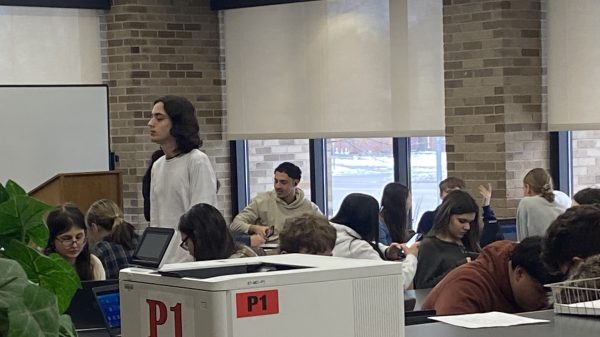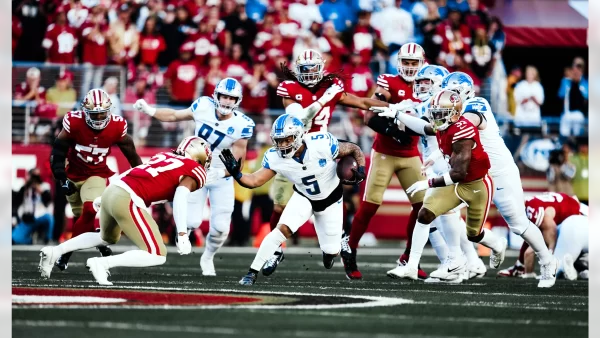Faulty Face Recognition Causes Controversy
Humans have made many technological advances that allow the technology we use to become more personalized to us. This technology is also able to identify our facial features, and if someone tries to unlock a phone that is not theirs, the system will not recognize their face and will lock immediately.
Facial recognition has become more popular in recent years and has been installed in cities across the nation. For example, it is used in Texas, Florida, Illinois. It is mainly used to scan through DMV photos. It is also used in many US airports, customs and border protection uses it to screen passengers on international flights. The main problem with the software is that it has trouble identifying people of color, but has no problem identifying people who are not of color. Many have started to question how reliable and accurate the software is.
“I feel like facial recognition is a waste of time because of how alike we can look depending on where we are in the world,” Kailey Watts ‘21 said. “The software itself is pretty unreliable and seems to have a lot of problems. I do not think it should be used to catch criminals.”
Facial recognition is just another way for the police to find criminals easily, however many people believe that a lot of innocent people are in jail because of software glitches.
“I think the best solution is for the justice system to be productive and figure out a way to improve the software,” Isabella Amma ‘22 said. “They should find a way to actually make it work. If they want their jobs easier then they should do this.”
Some may question why the justice system is using a software that can only identify a certain amount of people and why there is nothing being done about it. It could be assumed that the reason why nothing is being done is because it is more convenient for the local government to leave it as it is than fix it.
“I feel that if it can detect people with a lighter skin tone and not darker than the scientists should work hard to make sure it is all inclusive to overall help the justice system,” Joelle Cook ‘22 said. “I also feel that in this situation before the facial recognition technology was released the people behind it should have done appropriate testing on all different types of people to see what kind it could not pick up. From there they should have worked on it to make it better so when the technology was released it would be fully functioning and inclusive to all.”
With knowing the problem, the next question is what the solution could be. To most it is obvious, the government should not use technology that is not 100 percent accurate. However, there are other ways of fixing this issue. The question is which solution is best.
“The idea of facial recognition for things of importance, such as criminal justice at the stage of development that it is now is concerning,” Paige Sakorafos ‘21 said. “There have been cases of facial recognition being faulty, especially when the person being recognized is not caucasian. This could lead to people’s lives being destroyed because of an unreliable program. It could be a good tool but it should become much more advanced first.”



